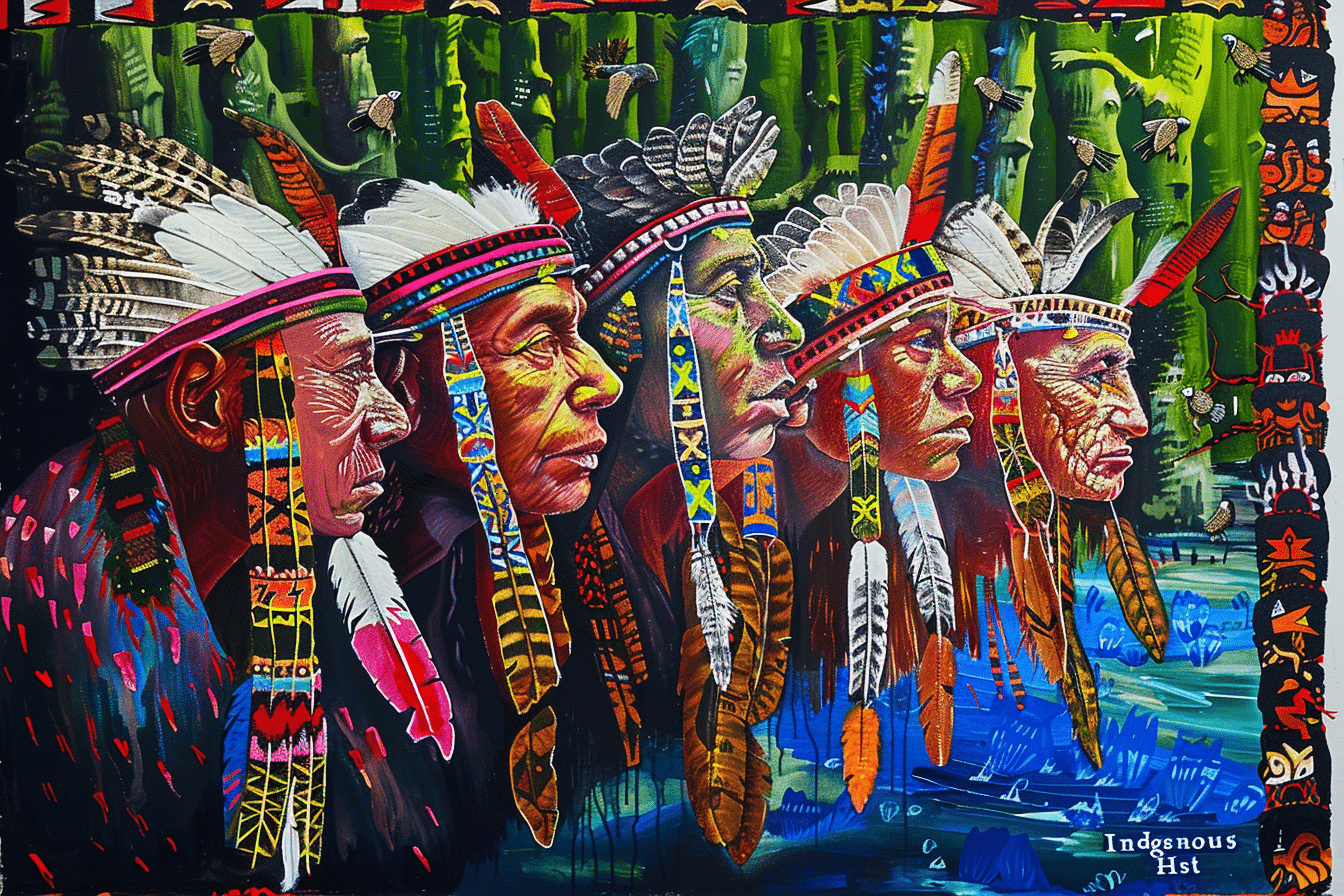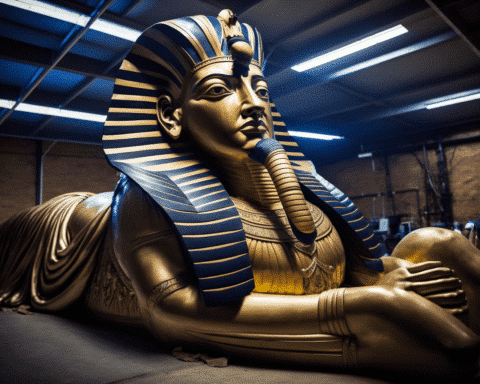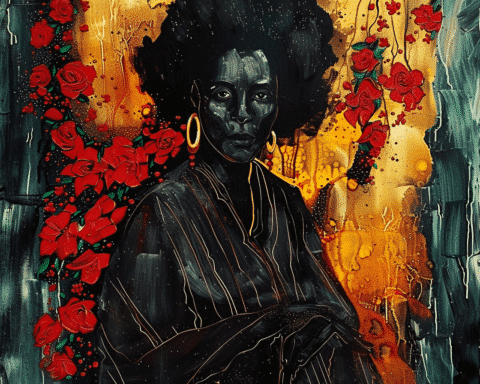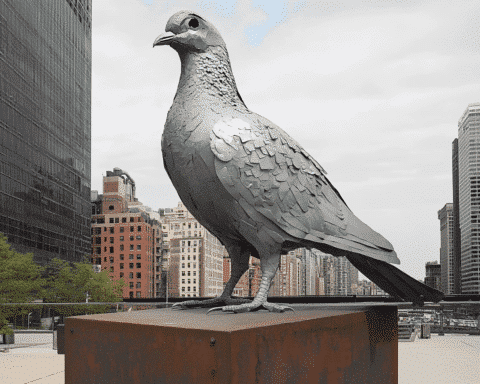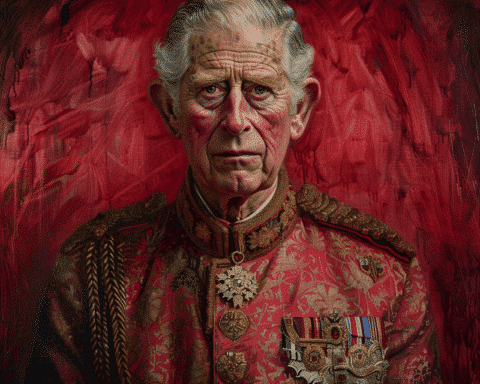Reindeer skulls that signify the past traumas and tentative progress of Scandinavia’s Sámi communities. Sprays of macaw feathers celebrating the vivid traditions of Brazil’s Tapirapé people. These are just some of the highlights of “Indigenous Histories,” an absorbing new show recently opened at Norway’s Kode Bergen Art Museum.
A Diverse Showcase of Cultural Artifacts
Curators representing seven Indigenous regions in South America, North America, Oceania, and the Nordic region have chosen to showcase some 280 works. These pieces highlight how cultures from across the globe regard the bones of cherished herds and vibrant plumage as equally artistically significant as paintings and prints. The exhibition features historical and contemporary works by more than 170 artists, including oil paintings, watercolors, photographs, ceramics, carvings, textiles, and conceptual installations. Collectively, they illustrate an anthology of “neglected stories,” says Petter Snare, Kode’s director.
Unique Regional Representations
In the galleries, each country or territory is given its own space, with rooms dedicated to Brazil, Peru, Mexico, Canada, Australia, New Zealand, and Sápmi, the traditional terrain of the Sámi. This approach emphasizes regional differences — how each Indigenous community connects to their specific climate and landscape, their customs and costumes — but also their shared experiences, most notably their treatment at the hands of colonial powers.
Rethinking Fine Art
“Indigenous Histories” aligns with fresh thinking about what constitutes fine art. Increased public interest in untold aspects of art history and less rigid curatorial programs have put the traditional artistic canon under scrutiny. Museums are exploring new ways of seeing and presenting art. At Kode, there are pre-Columbian funerary urns alongside modern-day Brazilian satin ribbon masks, 19th-century documentary photographs from Lapland, romantic woodcuts of Sámi lovers from the 1920s, and contemporary sculptures formed from antlers and juniper.
Tensions and Challenges in Contemporary Art
For contemporary artists within these communities, there is sometimes a tension between retaining traditional methods and seeking new approaches. Katarina Spik Skum, a Sámi artist from the Swedish part of Sápmi, exhibits a tent piece made from birch twigs, leather, wool, fur, and digitally printed fabric. Museums also face unique challenges in displaying these works. “You are concerned that you are using materials that the people who made it would be happy with you using,” explains Philippa Moxon, a textile conservator working on the show. “One of my colleagues had to condition assess the two reindeer stomachs. They’re fascinating. She was presented with something she’d never seen before.”
Vibrant Color, Cultural Dynamism, and Anger
Perhaps the most recognizable works at Kode are the iconic “dot” paintings of Aboriginal artists, such as Mick Namarari Tjapaltjarri, created in Australia’s Northern Territory in the early 1970s. These paintings are not of landscapes but of songs of landscapes. Less well-known but another highlight of the show are the anamorphic vases with stirrup handles created some 2000 years ago by Peru’s Moche civilization.
Political Outrage and Social Justice
Along with vibrant color and cultural dynamism, the exhibition showcases righteous anger and political outrage, as artists grapple with the legacy of colonial oppression. A section titled “Activisms” explores what curators describe as a “history of entangled struggle.” The climate emergency has changed opinions about Indigenous communities, says Katya García-Antón, who curated the Venice exhibition and is now director of the Nordnorsk Kunstmuseum in Tromsø.
A Global Awareness Campaign
The reindeer skull works of Sámi artist Marét Anné Sara, exhibited both in Bergen and Venice, were previously brandished at the Norwegian Parliament in Oslo in protest of governmental dictates on reindeer culls. Showing Indigenous art in a state-funded museum, which has impacted rights and land access, prompts questions of hypocrisy. However, the campaign in Bergen plunges audiences into a deep well of esoteric knowledge, spiritual beliefs, and fine artistry, showing that this story is ongoing all around the world.
